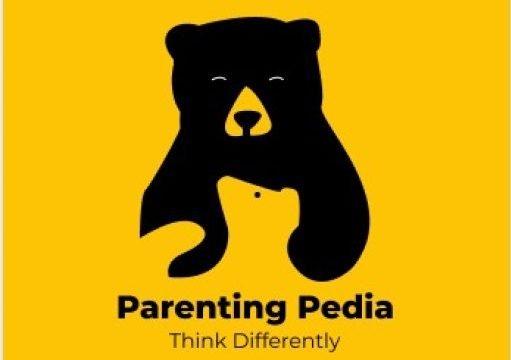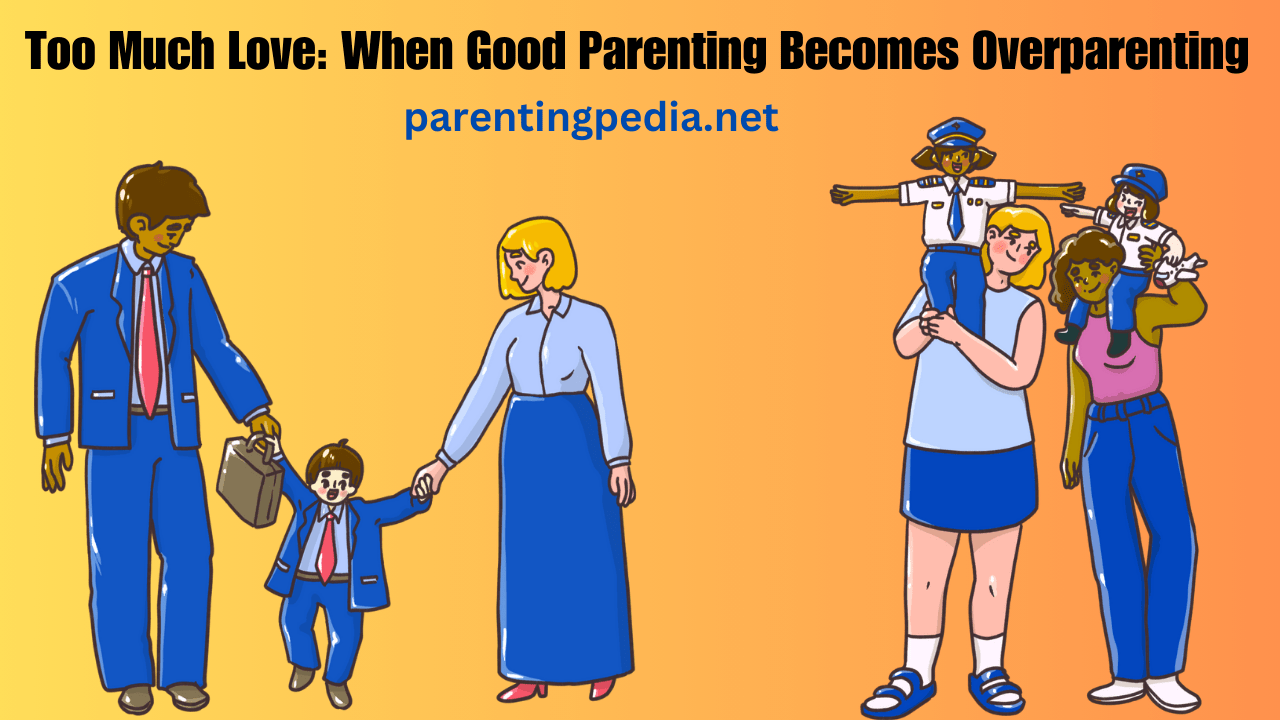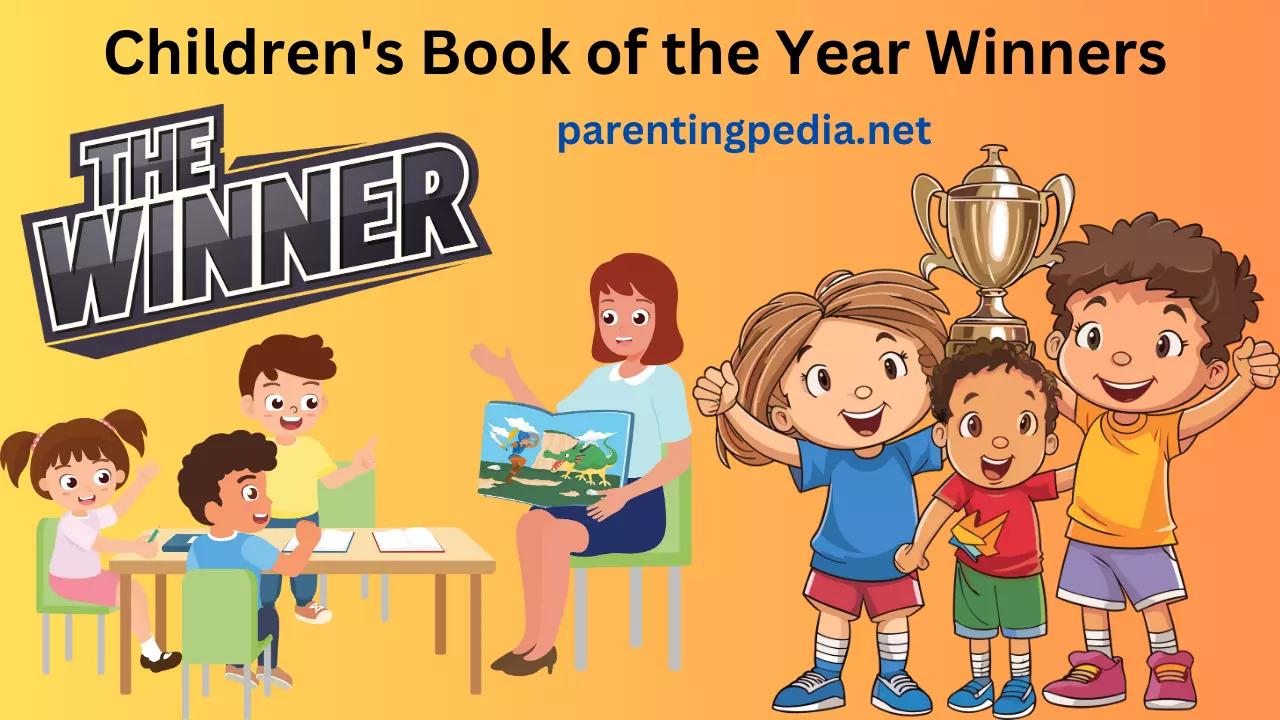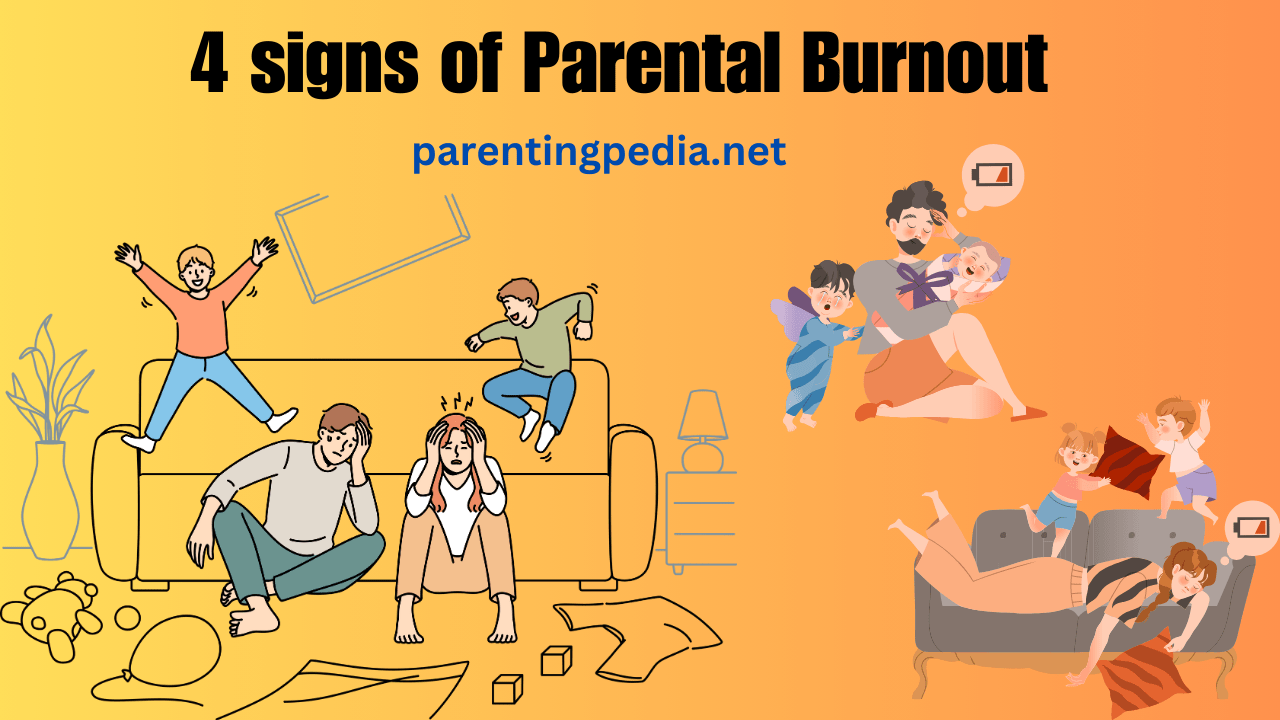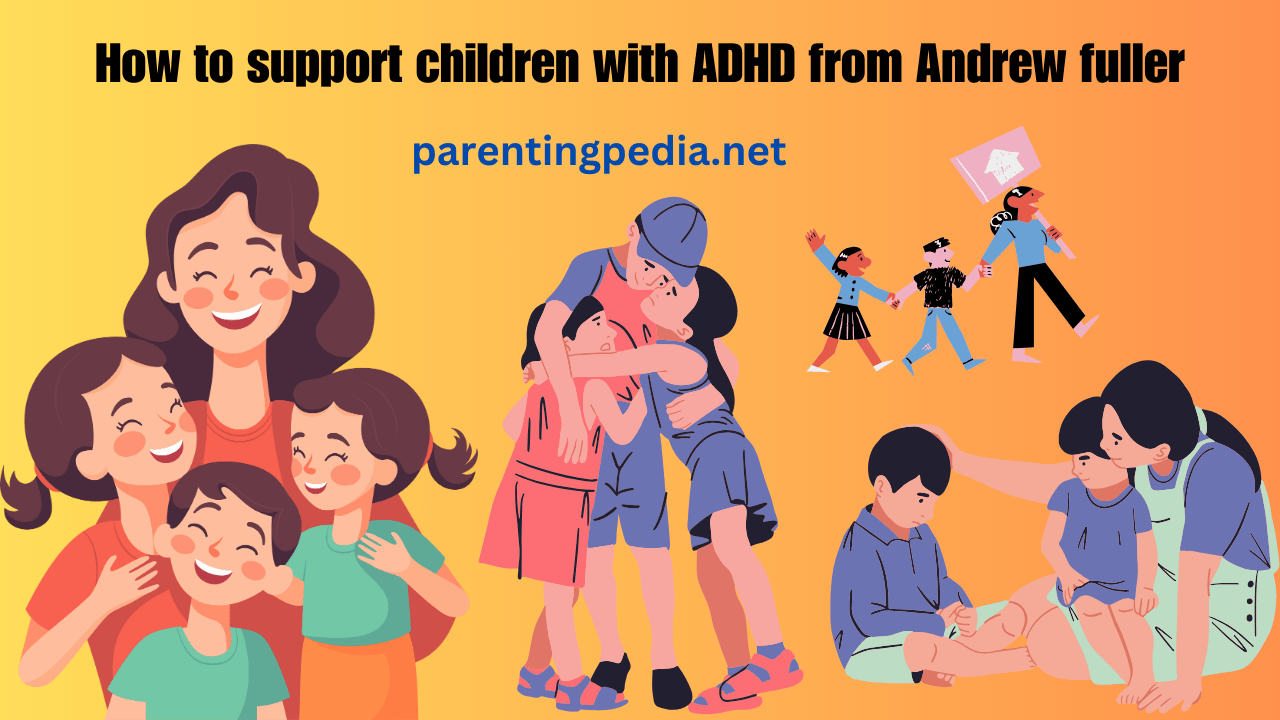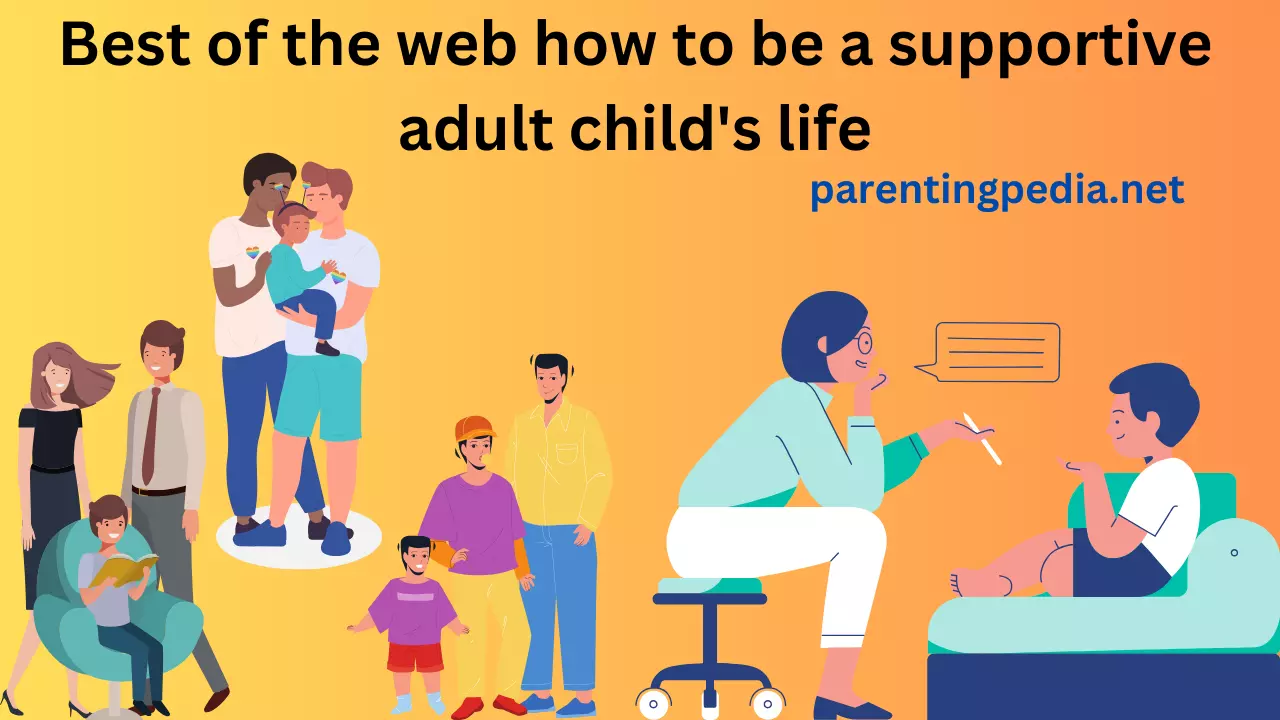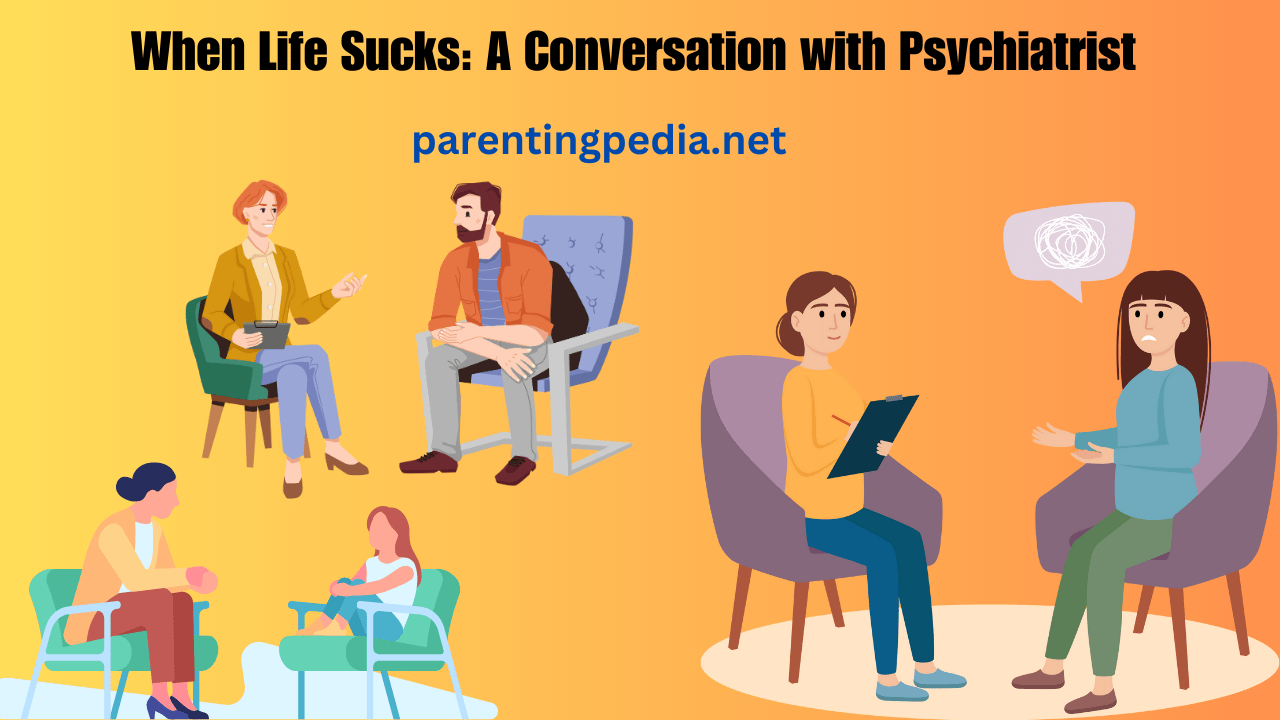When good parenting turns into overparenting, it can hinder a child’s development. Learn the signs and avoid doing too much for your child. In today’s fast-paced and highly competitive world, parents often strive to give their children the best start in life.
They want to nurture and support their kids’ development, ensuring they have all the tools they need to succeed. However, in some cases, good parenting can tip over into overparenting. This excessive involvement can have unintended consequences on a child’s autonomy, self-efficacy, and overall development.
In this blog post, we’ll explore the effects of overparenting on children and emerging adults. We’ll also delve into the psychological aspects of overparenting and discuss ways to strike a healthy balance between nurturing and overindulgence.
The Fine Line: When Good Parenting Becomes Too Much
Modern parenting is driven by the desire to provide the best for children. Parents want to see their kids excel in academics, sports, and extracurricular activities. They want to protect them from potential pitfalls and help them make the right choices. However, there’s a fine line between good parenting and overparenting.
What is Overparenting?
Overparenting, also known as helicopter parenting, is a style of parenting characterized by excessive parental involvement and control in their child’s life. While good parenting involves nurturing and guiding children, overparenting goes to extremes. It often involves making every decision for the child, solving their problems, and protecting them from any setbacks or failures.
The Effects of Overparenting on Autonomy
One of the most significant casualties of overparenting is a child’s autonomy. Autonomy is a crucial aspect of a child’s development. It involves the ability to make independent decisions and take responsibility for one’s actions. When parents become overly involved, they inadvertently undermine their child’s autonomy, making them reliant on constant guidance and approval.
Negative Consequences of Diminished Autonomy
- Low Self-Efficacy: Children who experience overparenting may develop low self-efficacy, which is the belief in one’s ability to accomplish tasks and reach goals. When parents do everything for their children, the child may doubt their own capabilities.
- Lack of Self-Regulation: Self-regulation is the ability to control one’s behavior and emotions. Overparenting can hinder the development of this crucial skill, as children may not learn to manage their emotions and impulses independently.
- Sense of Entitlement: Children raised with excessive parental control may develop a sense of entitlement, expecting things to be handed to them. They may struggle to cope with life’s challenges when they arise.
The Psychological Perspective: What Psychologists Say
Psychologists have extensively studied the effects of overparenting on children and emerging adults. The consensus is clear: overparenting can have detrimental psychological effects.
Depressive Symptoms and Mental Health Issues
Research shows that children of overinvolved parents are more likely to experience depressive symptoms and mental health issues. The constant pressure to meet their parents’ high expectations, coupled with the fear of failure, can lead to anxiety, stress, and, in some cases, even depression.
Parental Anxiety and Postpartum Depression
Overparenting not only affects children but also parents themselves. The pressure to be a perfect parent and ensure a child’s success can lead to parental anxiety and even postpartum depression. This excessive focus on the child’s well-being often takes a toll on the mental health of parents.
Developmentally Inappropriate Expectations
Overparenting can also lead to developmentally inappropriate expectations. Parents may push their children to excel in areas that are not age-appropriate or developmentally suitable. This can cause undue stress and hinder a child’s natural progression.
Striking a Balance: How to Avoid Overparenting
It’s essential for parents to strike a balance between being nurturing and overindulgent. Here are some strategies for avoiding overparenting and promoting healthy child development:
1. Autonomy Support
Support your child’s autonomy by allowing them to make age-appropriate decisions and encouraging them to take responsibility for their actions. Provide guidance when needed, but also give them room to learn from their mistakes.
2. Life Skills Education
Teach your child life skills that will help them become self-sufficient adults. This includes basic tasks like cooking, cleaning, budgeting, and problem-solving. These skills will serve them well in their journey to independence.
3. Encourage Self-Esteem
Boost your child’s self-esteem by recognizing and celebrating their accomplishments, big or small. A healthy self-esteem helps them feel confident and capable of handling life’s challenges.
4. Set Realistic Expectations
Set realistic expectations for your child based on their age and developmental stage. Don’t push them to achieve beyond their capabilities, as this can lead to unnecessary stress and anxiety.
5. Seek Guidance from Parenting Experts
If you’re concerned about your parenting style, don’t hesitate to seek advice from a parenting expert or psychologist. They can provide valuable insights and strategies to help you strike a healthy balance.
FAQs: Addressing Common Concerns
Q1: What are the signs of overparenting?
- A1: Signs of overparenting include making every decision for your child, being excessively involved in their activities, protecting them from all failures, and pressuring them to excel in all areas.
Q2: Can overparenting harm the parent-child relationship?
- A2: Yes, overparenting can strain the parent-child relationship, as it may lead to frustration and resentment on both sides. Children may feel controlled, while parents may feel overwhelmed by their involvement.
Q3: How can I promote autonomy while still being involved in my child’s life?
- A3: You can promote autonomy by offering guidance and support without taking over. Encourage your child to make their decisions and learn from their experiences while providing a safety net when necessary.
Q4: Is there a difference between overparenting and authoritative parenting?
- A4: Yes, authoritative parenting involves setting clear boundaries and rules while nurturing and supporting a child’s development. Overparenting, on the other hand, involves excessive control and decision-making on the child’s behalf.
Conclusion
In today’s fast-paced world, parents want what’s best for their children. However, it’s essential to recognize when good parenting becomes overparenting. Excessive parental involvement can have negative consequences on a child’s autonomy, self-efficacy, and overall development. It’s crucial to strike a balance that allows children to develop independence, resilience, and life skills while still providing the support and guidance they need to succeed. Parenting is a journey that requires constant learning and adjustment, and finding the right balance can lead to happy, confident, and well-adjusted children.
Remember, the greatest reward of parenting lies in watching
your children soar with love and confidence.
Till then keep smiling and be happy 😊
👇 Worth Reading 👇
- Best of the web, when you’re a teen, asks for non-alcoholic beer and more
- Choosing the Best Musical Instrument for Children to Learn
- Finding Balance Becoming a Screen Smart Family
- When Life Sucks: A Conversation with Psychiatrist and Comedian Dr. Jo Prendergast
- Getting kids to talk about their feelings
- The case for banning corporal punishment of kids
- How Parents Can Help Kids Make Good Friends
- 13 Reasons Why? What Every Parent Needs to Know
- How to Get Your Teenager Off the Couch
- The Two Most Important Things You Can Say to Your Child
- 10 Tips to Help Your Teen Out of the Procrastination Trap
- Is your child being bullied, how parents can help?
- Taking care of emotions a guide for parents and their kids
- Getting Involved Parents Making a Difference
- How to manage your child’s self-criticism
